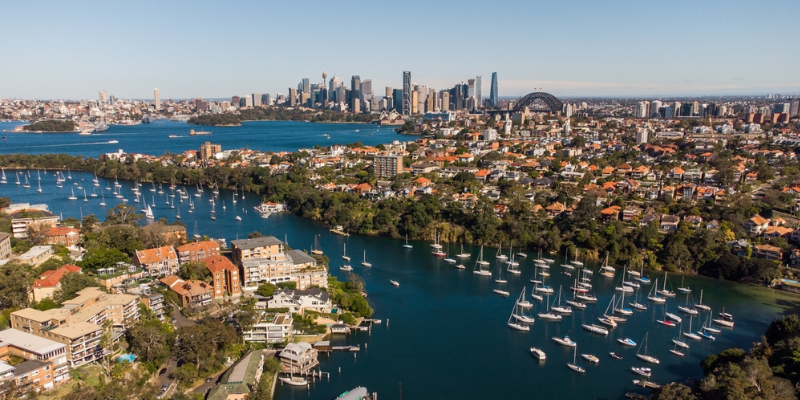
The Office of Fair Trading (OFT) has announced mandatory continuing professional development (CPD) for property professionals in Queensland, effective from 6 June 2025.
The new rules will apply to real estate agents, real estate salespeople (including property managers), real property auctioneers, and residential letting agents. Two approved CPD sessions must be completed by the required professionals per year to keep their licence or registration.
The OFT has advised that only approved CPD sessions will count towards the mandatory requirements. Approved sessions can be viewed here.
In light of the announcement, the Real Estate Institute of Queensland (REIQ) are supporting their members through the transition. In a media release, REIQ CEO Antonia Mercorella said, “The REIQ is excited to help lead Queensland’s real estate professionals through CPD and is dedicated to keeping everyone up to date on what to expect as it approaches.
“Our goal is to make the CPD process as smooth as possible, so real estate professionals can focus on this as an opportunity to enhance their skills and service.
“We’ll release further details on the REIQ’s CPD training options in due course, ensuring professionals have everything they need to meet their requirements with confidence.”
Read the REIQ media release here.
For more information on Queensland mandatory CPD, click here.
Australian first-home buyer loans have recently experienced a 9.1% increase, three times faster than other owner-occupier loans. This is according to Money.com.au’s First Home Buyer Mortgage Insights report, with Victoria a clear frontrunner.
The article reports that Victoria holds 36% of all first home buyer owner-occupier loans in Australia, recording an annual growth of 14.6% in loan numbers. The national average loan size for first-home buyers is sitting at a historic high of $525,000, however this is still below the non-first home buyer loan average of $598,000. The highest national average loan size is currently $621,000 in New South Wales, presenting challenges to buyers wanting to enter the market in the state. In contrast, Western Australia’s average loan is $462,000, which is 34% cheaper than New South Wales.
On Victoria’s appeal to first-home buyers, Mansour Soltani, Money.com.au’s Property Expert, said, “Victoria’s surge in first-home buyer loans is driven by a combination of factors, including more affordable property prices compared to New South Wales, particularly Sydney, and a relatively steady housing supply compared to other states”.
A trend that has also been on the rise is ‘rentvesting’, with investor loans in the first-home buyer division growing by 31.3% annually. This has been particularly common in New South Wales, where almost one in ten first-home buyer loans are for investment purposes. Victoria has seen the opposite with more owner-occupied purchases.
Mr Soltani continued that, “There’s a balance of affordability and opportunity in Victoria, which makes it an appealing destination for first-time buyers entering the property market”.
In recent developments in New South Wales, the second stage of the Low and Mid-Rise Housing policy came into effect on 28 February and is set to unlock 112,000 homes in the state over the next five years.
The new changes to planning controls aim to create more diverse and sustainable homes in convenient proximity to shops, public transport and services. 171 town centres and stations have been selected across metropolitan Sydney, the Central Coast, Illawarra-Shoalhaven, and Hunter regions to allow the building of residential flats, townhouses, dual-occupancies and terraces.
In a news article by the NSW Government, low to mid-rise developments have reduced in local government areas over recent decades, with only two out of 33 councils in Greater Sydney currently allowing townhouses and terraces in low-density (R2) zones. Residential flats are also prohibited in 60% of all medium density (R3) zones. The governments new policy will remove the current restrictions to allow the development of terraces, townhouses and low-rise residential buildings in R1 and R2 zoned land. It has also removed the restriction of medium rise residential flats in R3 and R4 zone areas, so developments can proceed.
These changes will see positive outcomes in NSW with increased housing supply around town centres and transport, better communities built, and improved affordability.
The first stage of this policy started on 1 July 2024 with the permission of dual occupancies and semi-detached homes in NSW across the R2 low-density residential zones.